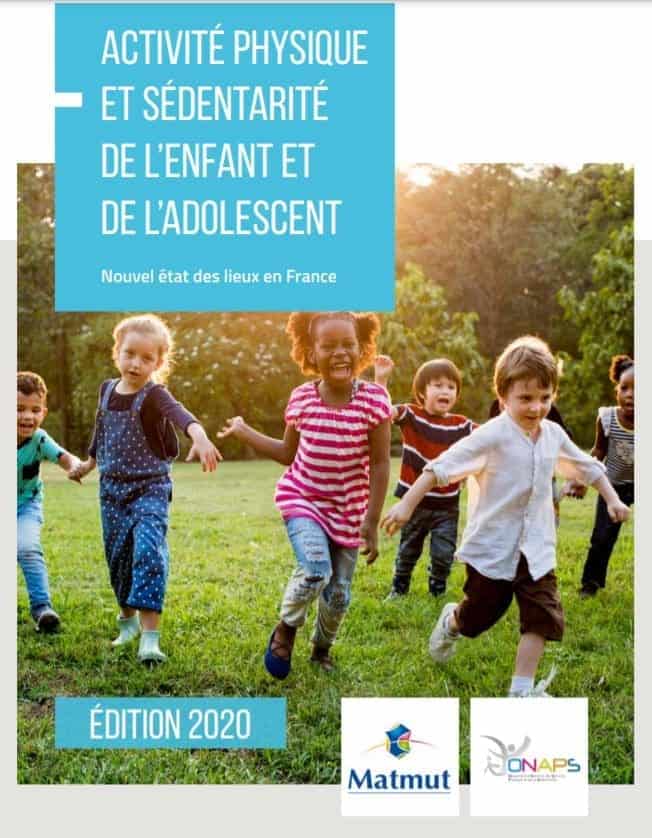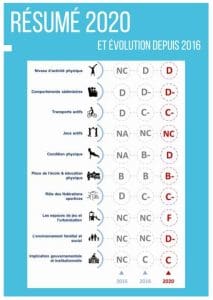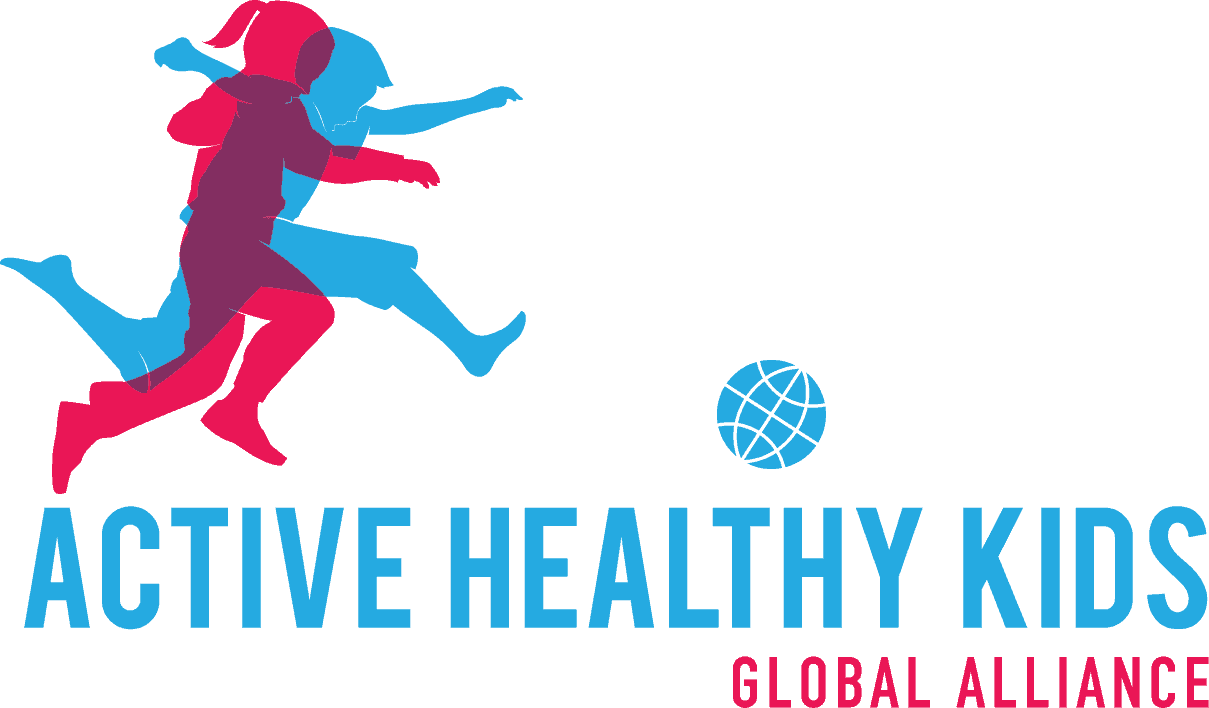
28 Jan France releases their 2020 Report Card
Thank you to Dr. Salomé Aubert for providing this post.
January 25th, 2021: Public Release of France’s 2020 Report Card on Physical Activity for Children and Youth.
In the beginning of the COVID-19 pandemic, a very strict lockdown was imposed to slow down the progression of the virus in France, potentially affecting dramatically the active behaviours of French children and adolescents. While the release of the Global Matrix 4.0 had been postponed to 2022 due to these exceptional circumstances, the French Report Card team decided to develop its third national Report Card.1
The aim of this “intermediate” Report Card was (i) to grade newly available evidence on children and youth active behaviours and their sources of influence collected before the pandemic; (ii) make comparisons with France’s 2016 and 2018 Report Cards; (iii) to summarise evidence of the effects of the 2020 sanitary lockdown on French children and youth active behaviours.
The French Report Card team followed the Global Matrix 3.0 harmonized methodology2 to grade the 10 common physical activity indicators using best available evidence. In addition, a second compilation of information was performed to summarize the evidence of effect of the first French lockdown on the physical activity and sedentary behaviours of children and youth, but no grade was assigned to this specific section.
The following grades were assigned to the 10 common physical activity indicators: Overall Physical Activity: D; Organized Sport Participation and Physical Activity: C-; Active Play: INC; Active Transportation: C-; Sedentary Behaviors: D-; Physical Fitness: D; Family and Peers D-; School: B-; Community and the Built Environment: F; Government: C-.1 About 50.7% of boys and 33.3% of girls aged 6-17 years are estimated to reach the recommended amount of physical in France, and 77% of of boys and 33.3% of girls aged 6-17 years are estimated to spend two hours or more per day in front of a screen.3
The additional section of France’s 2020 Report Card dedicated to the effects of the lockdown was informed by a national survey from the French National Observatory of Physical Activity (ONAPS).4 About 42% of 6–10-year-old children and 58.7% of 11–17-year-old youth were found to have the decreased their physical activity during the first lockdown.4 In addition, 62% of children and 68.9% of youth were found to have increased their exposure to screens.4
The evidence presented in this new Report Card showed that French children and youth have alarming levels of physical activity and sedentary behaviors, and that the first lockdown had a deleterious effect on these behaviours. The Report Card team also identified research and surveillance gaps, and offered specific and general recommendations.

References:
- Activité physique et sédentarité de l’enfant et de l’adolescent – Edition 2020. 2021.
- Aubert S, Barnes JD, Abdeta C, Abi Nader P, Adeniyi AF, Aguilar-Farias N, Tenesaca DS, Bhawra J, Brazo-Sayavera J, Cardon G, Chang CK. Global matrix 3.0 physical activity report card grades for children and youth: results and analysis from 49 countries. JPAH. 2018;15(s2):S251-73.
- Verdot C, Salanave B, Deschamps V. Activité physique et sédentarité dans la population française. Situation en 2014-2016 et évolution depuis 2006-2007. Bull Epidémiol Hebd. 2020;15:296-304.
- Chambonnière C, Lambert C, Tardieu M, Fillon A, Genin P, Larras B, Melsens P, Bois J, Pereira B, Fearnbach N, Tremblay A, Thivel D, Duclos M. Effect of the COVID-19 confinement on Physical Activity and Sedentary Behaviors in French Children and Adolescents: new results from The ONAPS National Survey. Pediatric Minerva. 2020
France’s 2020 Report Card can be found here (in French).


